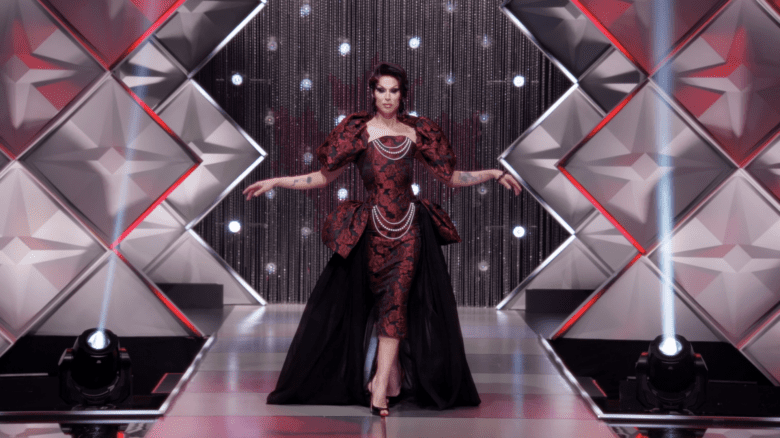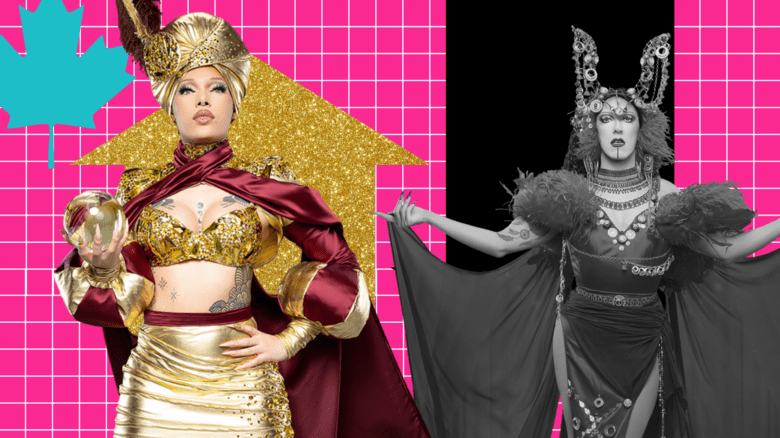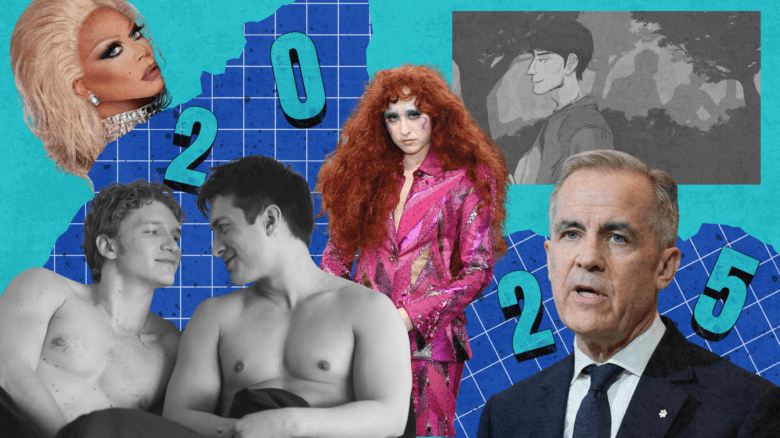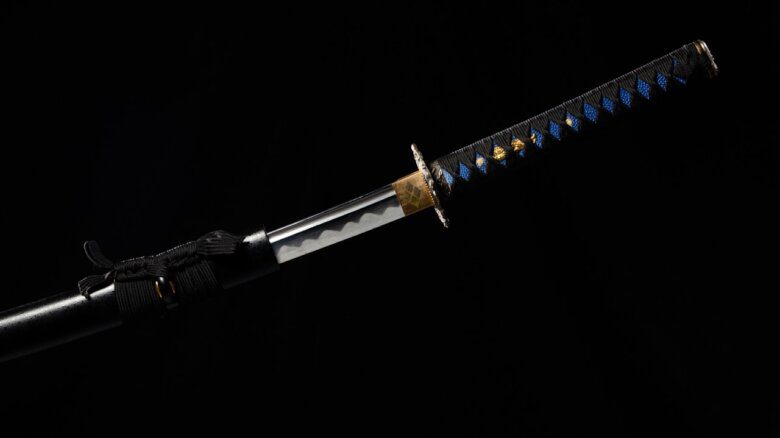Long before the World Wide Web brought people and cultures from across the globe together, it was the humble radio that kept us all connected. Political discussions, dramatic recitations, current events and the latest music all came directly into the homes of listeners, creating a bridge to their local communities and the outside world.
Though radio of the pre-satellite era is typically thought to have been limited by the distance signals could reach, Toronto-based choreographer Yvonne Ng’s current project, Frequency, began with a surprising twist on how far radio can travel, in a literal way.
Invited to teach and perform at a festival in Labrador in 2003, Ng led dance workshops with Innu community groups in two isolated northern communities. Wanting to formulate a creative language with her students not dependent on English, Ng proposed a cultural exchange; the students would teach her lullabies from their childhood in Innu and she would teach them ones from her own childhood in Chinese.
“The songs they were using all had a distinct country and western style, which had no specific relationship to their cultural heritage,” the York University graduate says. “I found out that by some atmospheric quirk, radios in Labrador in the early 20th century would pick up signals from the southern United States. They came into contact with a genre of music they probably never would have otherwise, which wove its way into their cultural lineage.”
This paralleled Ng’s own life experience. Born to Chinese parents in Singapore, she used radio while growing up to connect to the rest of the world as well as her own history.
“Parts of my own heritage, like Chinese opera, as well as contemporary Chinese music, came to me through the radio,” she says. “Those things mixed with outside influences like BBC News and American pop songs, which together all facilitated the development of my cultural identity.”
Rather than immediately translating these concepts into movement, Ng wanted to start the process by creating a vocabulary within her group of dancers from which to build the work. In lieu of pliés and tendus, they did countless writing exercises, made collective paintings and taught each other songs from their childhoods. Using these techniques to get into a specific headspace, the performers would then improvise material that would eventually become the building blocks of the piece.
Despite having some more theatrical moments, the resulting work has no linear narrative. We step in and out of the dancers’ memories as they sing songs, simulate mosh pits and talk on cellphones. Staying true to the tenets of contemporary dance, ideas and movements are picked up and dropped, leaving fragments for the audience to interpret. By no means haphazard, the series of events and images is meant to give the sense of flipping through a radio dial.
Though she’s as reliant on her cellphone and social media as much as the rest of us, Ng is sensitive to the possible pitfalls of depending too much on devices to do the work of keeping us connected. Perhaps because her art form physically brings people together in a room, she sees value in the oldest way of staying in touch: face-to-face communication.
“Technology allows us to spread our cultures, ideas and events across oceans,” she says. “Things like Facebook and mobile phones have shortened distances between us, meaning we connect sooner, faster and more frequently. But the thing we are starting to forget to do is actually physically be together and connect through our senses, emotionally, and by sharing experiences together.”
The Deets:
Frequency
Choreographed by Yvonne Ng
Wed, March 7-Sat, March 10 at 8pm
Citadel Theatre
304 Parliament St
artsboxoffice.ca
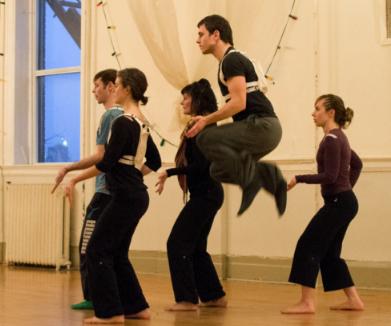
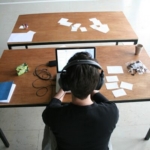
 Why you can trust Xtra
Why you can trust Xtra